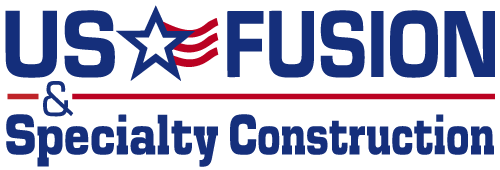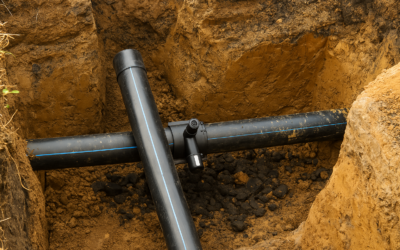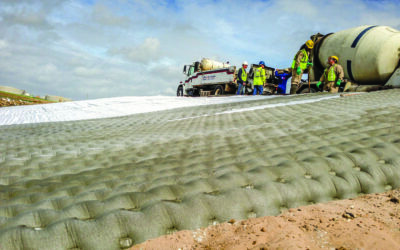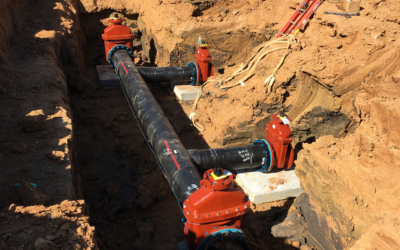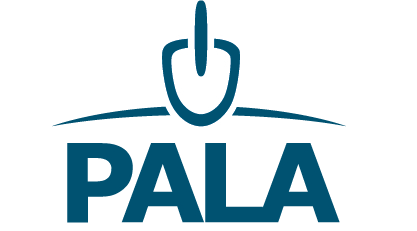Managing spills and leaks on construction sites is important in maintaining the safety of workers, facilities, and surrounding environments. A well-designed secondary containment system will help get you there.
Here’s the scoop on what secondary containment is, what secondary containment requirements are, and how to find the secondary containment solution that’s right for your application.
What Is Secondary Containment?
Secondary containment is any system, device, or control measure that’s used to stop a substance from seeping into a specified area. You can think of it as your primary container’s backup plan. If your storage tank or oil drum leaks, your secondary containment solution will provide an extra layer of protection to keep the spill contained.
Why Is Secondary Containment Needed on Construction Sites?
It’s a safety precaution. There are a variety of materials and substances used throughout the construction process, some of which are hazardous to human and/or environmental health — think oil, fuel, combustible materials, hazardous waste, salts, pollutants, etc.
If the primary container holding that substance starts to leak, you need a secondary containment system to catch the spill and prevent a larger, more dangerous mess.
Types of Secondary Containment Systems
Since every construction application has different needs, there aren’t any requirements for what secondary containment systems need to look like. There are only requirements for what it needs to accomplish.
Therefore, there are many different types of secondary containment systems used. Here are a few common ones:
- API tanks
- Berms
- Liners (geosynthetic or concrete)
- Dikes & levees
- Sunken floors
Secondary Containment Requirements for Construction Sites
Secondary containment is required by several federal, state, and local regulations. These requirements vary based on entity, as well as by the type and quantity of hazardous substances handled. You may even have substances that are regulated by more than one agency under different regulations. In that case, it’s best to contact each agency and possibly schedule a joint meeting to discuss the best plan of action.
Since secondary containment requirements can vary, we’ll stick to some of the most common, generally accepted, and adhered-to standards from the Environmental Protection Agency (EPA). Remember that this is not the full list of secondary containment requirements, so be sure to dig deeper into state and local regulations for your specific application.
EPA’s Secondary Containment Requirements
The main EPA regulation that outlines secondary containment requirements is EPA 40 CFR 264.175. It dictates five main requirements:
- Perviousness — Your secondary containment system must underlie primary containers, and be free of cracks and gaps so that leaks and spills are completely contained.
- Slope — Your secondary containment system base must be sloped, or it must be designed to drain and remove spilled substances. This is so your primary container doesn’t sit in its own waste.
- Retention Capacity — Your secondary containment system must have the capacity to contain 10% of the volume of all primary containers or 100% of the volume of the largest primary container — whichever is greater.
- Precipitation Prevention — Your secondary containment system must prevent precipitation from entering, unless it has enough capacity to hold that precipitation along with other substances and retention capacity requirements.
- Waste Removal — Any substances that have spilled into your secondary containment system should be inspected and cleaned up as soon as possible to prevent overflow.
How to Find the Secondary Containment Solution That’s Right for Your Application
Now that you have a preliminary understanding of secondary containment requirements, you may have a better idea of what secondary containment solution is suitable for your project. But to make sure you’re making the safest, more effective decision, it’s always best to talk with a secondary containment specialist like US FUSION.
We’ll help you figure out which type of secondary containment is best and how to install it in a way that meets all requirements from applicable regulatory agencies. But most of all, we’ll install it in a way that keeps your people, facility, and environment free from harm.
Contact US FUSION’s Secondary Containment Specialists
To ensure your project and facility are in complete compliance, a secondary containment system is necessary. If you need help finding the right secondary containment solution for your specialty construction project, contact US FUSION. Our specialists can help answer your questions, supply the products you need, and install them for maximum environmental control.
